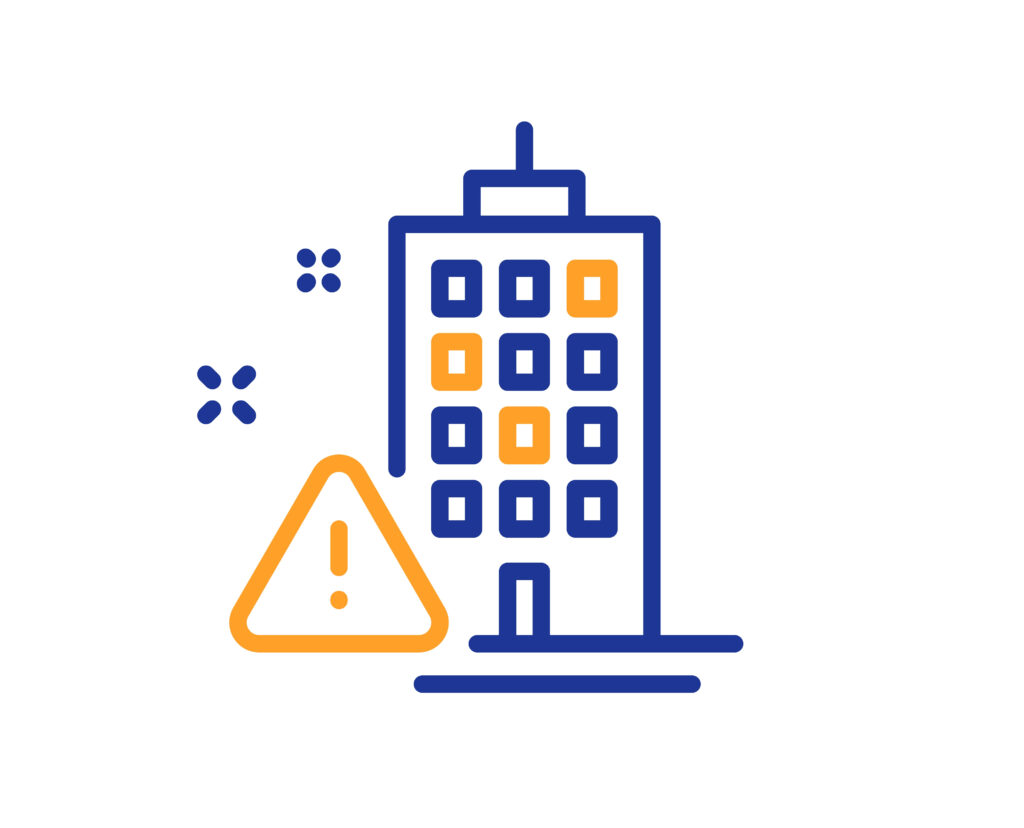Productivity in the workplace…
How can we improve Productivity in the workplace?
This has been a hot topic due to the number of articles and research that has come out recently. Official figures have been released to show the UK’s productivity has been stubbornly lazing about since the financial crisis, and is not at the normal range, in comparison to other first world countries. This is creating a huge impact on the current workforce as well as encouraging a negative way of working for the new generations coming in so what can change?
From a recent press release of the launch of ‘Be The Business’, a movement that PLG recently formed to help improve productivity, they mentioned “many businesses fail to measure their performance and are unaware of their own potential. Only by measuring performance and productivity can companies benchmark themselves, identify potential areas of improvement, implement changes and then measure the effect.”
Part of this burden does fall on the employer as essentially if you have happy employees, then they are more productive. So this means that investment in your staff is a key requirement to boost productiveness. We have come up with our own recommended hack list for those looking to improve productivity in the workplace.

Organisation
How is the hierarchy set up? Is it a traditional structure where there are many layers of senior and middle management? Do your employees know who to speak to if they have concerns and can they do it face to face? Often it’s about removing those layers and making it simple. Start-up founders have realised it is easier to be on the same floor with everyone else to help them see what is happening day to day and tune into issues before they become bigger problems. Would that work for your business? Have you put together a team of the best performers and expect miracles? This is a common misconception and studies show that the results are not always the desired ones – there is a brilliant Ted X talk here that goes through performance and pecking orders: click here
Mentoring
Is there a programme in place, whereby more experienced managers or perhaps someone with a specific skillset, can be used in either for mentoring or personal development for staff? Stats from a recent conference showed that you can get over 300% ROI from coaching in the workplace as well as 80% increase in self-esteem and 70% increase in productivity. Perhaps it’s time to review those who have a strong management compass versus those who would like to help mentor colleagues in a less formal manner then you can reap the rewards on a staff development plan.

Ways of working
The way people work is changing. Collaboration is key for employers to review how they work and how to maintain it. Have you listened to employees about how they would like to work versus how they work currently? Is it Agile enough to allow any areas of compromise to fulfil their capacity as well as manage an effective work life balance? More and more companies are aware that there isn’t always a need for staff to be based onsite – if there is benefit for them to have the ability to work from home, they find people are more likely to remain loyal and committed to their role. Another essential for productivity is having systems that work. Effective devices and tools increase efficiency for everyday tasks as well as longer term planning and implementation. Keeping in line with the latest updates around machinery, printers, internet and storage can go a long way in supporting staff with their daily workload.
Additionally a common point that all companies seem to struggle with are meetings – does your company have too many or too little? Most employees complain about having too many meetings which aren’t productive so have you outlined the essential requirement for a meeting with your staff? It’s worth reviewing the average time spent in a meeting versus the cost of downtime of your staff as removing the non-essentials are definitely time saving and more motivating to those who are in them. Have a strong agenda to stick to, ask questions when appropriate (not at the end) and keep to the point.
Environment
A company space should be focused on supporting who works there and how they work. Providing an office environment in which the physical space can motivate the staff and supporting them is the best way of working. To yield the best results, it is worth reviewing how the work space is currently being used and what the desired results are to influence your staff. You can follow either a formal or informal process to conclude best ways of working moving forward. Key factors involve: flexible space, individual and shared workstations, collaboration hubs, break out areas and meeting rooms. Colours also impact employee emotions. By using more sombre colours, it can create a feeling of sadness however by using more of a brighter palette, it can increase energy and creativity.
A new move in the desk design has meant more employees are asking for standing desks – which means less sitting for 8 hours straight and more fluidity across teams. There is a great article highlighted here about several successful people and how they design their desks and environments to boost productivity: click here
Another helpful blog for office furniture hacks can be found here by Calibre Furniture.

Expectations
Do employees know what is expected of them in the workplace? We are all aware of how the behaviour from the top can filter down to impact the staff. But it can also work the other way around. Communication is essential – direct, honest and often are three strong advisory elements. Clear goal definition as well as visualising and simplifying those goals helps a team work towards something specific and they achieve it with more success.
By not educating your employees on their expected levels of performance or creating boundaries on behaviour can inhibit productivity, dampen the team morale and effect overall performance. Small things such as continual lateness, toxic behavioural traits, gossip and those not carrying their weight can diminish morale so the quicker these issues are addressed and managed – the more stable your staff retention will remain.

Hopefully the above has been informative enough to review areas in your own environment to boost productivity. It would be great to hear your feedback so please get in touch with Leanne Duke, via email.
#officerefurbishment #commercialdesign #productivity #workplacetips #performance





